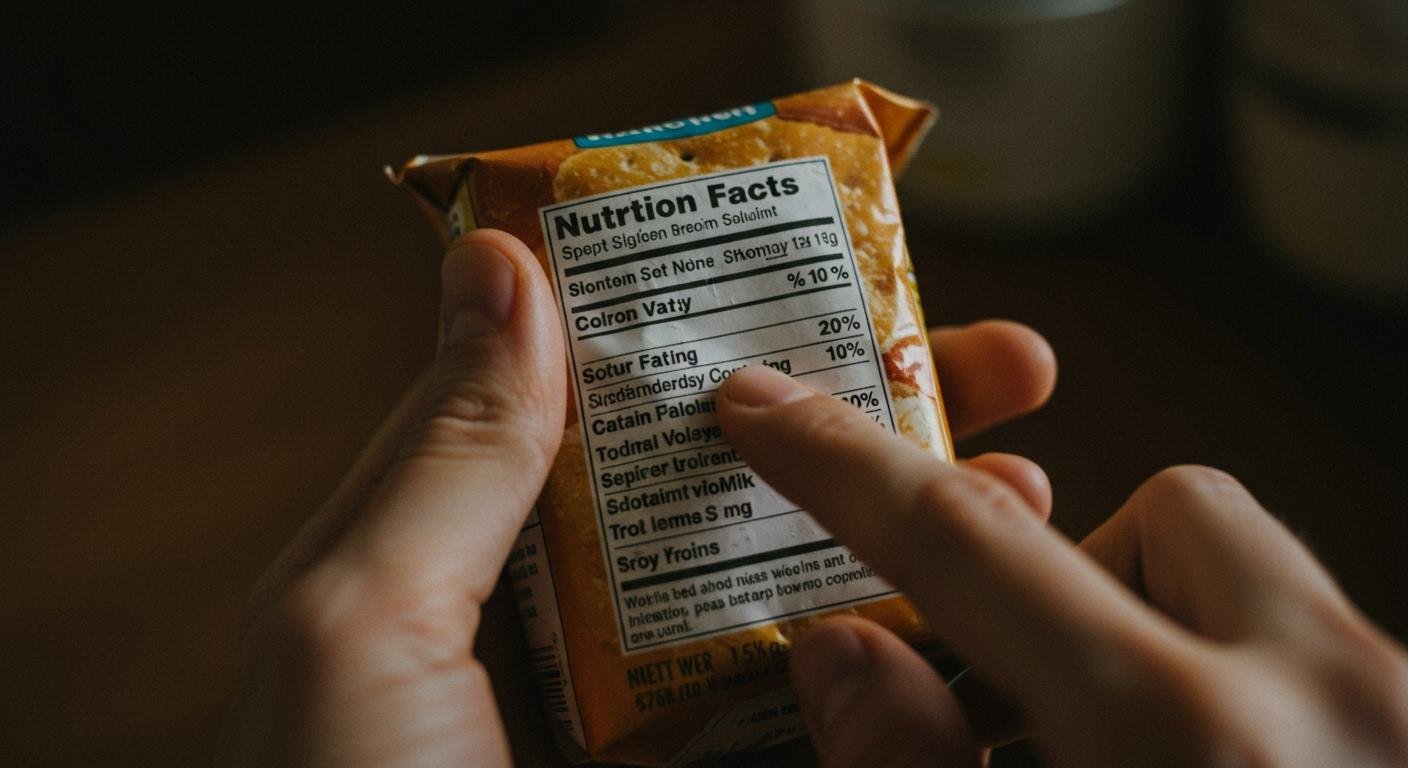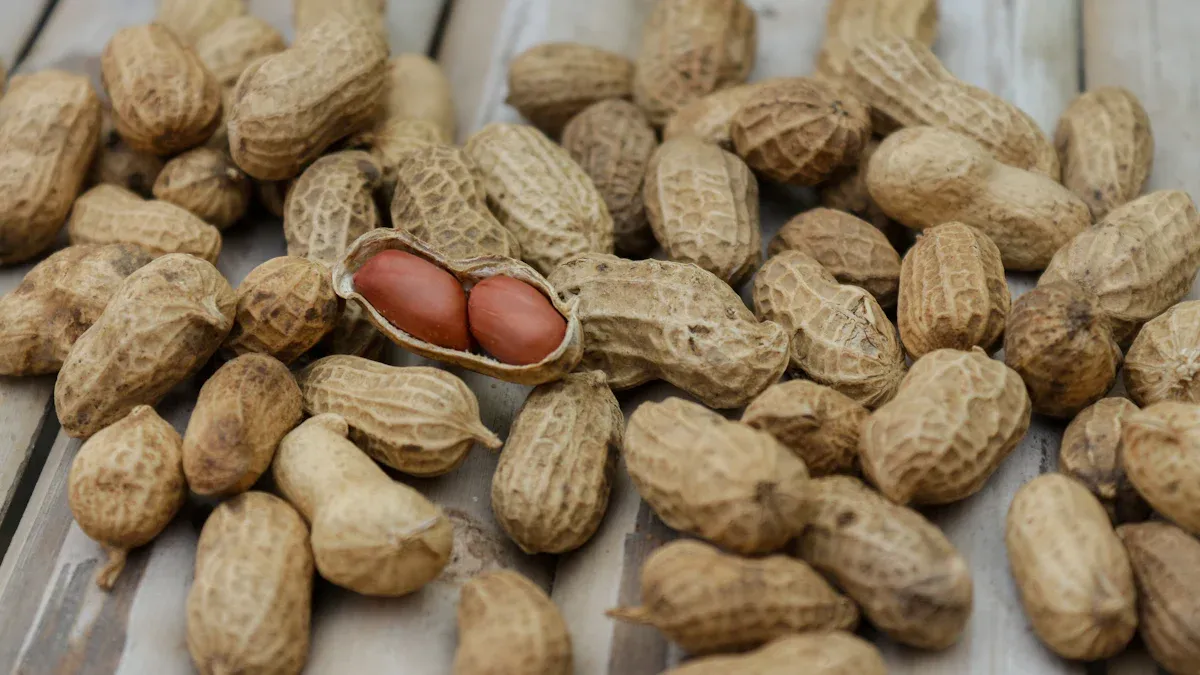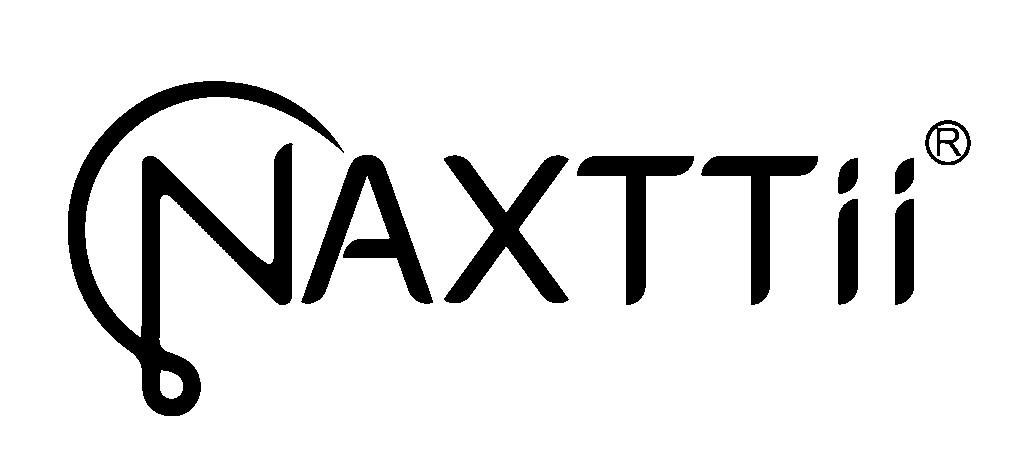How to Find Allergen Statements on Food Labels
Table of Contents

Food allergies are a serious concern, affecting over 8.5% of teenagers. The Food Allergen Labeling and Consumer Protection Act (FALCPA) makes finding information on food labels easier. This law requires companies to list major allergens in one of two places. This guide will help you manage allergies and shop with confidence.
You will find required allergen statements either within the ingredient list or in a “Contains” statement located directly after or next to it.
WHERE TO FIND ALLERGEN STATEMENTS

You have two main places to look for legally required allergen information on food labels. Knowing where to find these allergen statements will help you quickly and safely check products for your family’s specific allergies.
THE INGREDIENT LIST
Your first stop is the ingredient list. The law requires companies to declare major food allergens in plain English. You will find them listed in one of two ways:
- Directly in the name: The ingredient itself is a major allergen, like
Milk,Eggs, orWheat flour. - In parentheses after the name: An ingredient contains a major allergen, but its name isn’t obvious. The company must declare the source.
For example, you might see:
casein (milk)lecithin (soy)natural flavor (peanut)
This helps you understand that an ingredient like “textured vegetable protein” is made from soy, which is critical information for managing soy allergies.
THE “CONTAINS” STATEMENT
This is your quickest check. The “Contains” statement is a clear, separate declaration found immediately after or right next to the ingredient list. If a product uses this statement, it must list all major food allergens inside it.
Look for a line that begins with the word “Contains”.
For example:
Contains: Milk, Wheat, and Soy.
Manufacturers must follow specific rules for this statement, making it easy for you to spot:
- It must begin with the capitalized word “Contains”.
- It must appear directly after or beside the list of ingredients.
- The text size must be at least as large as the text used in the ingredient list.
This statement simplifies reading food labels, especially for those managing multiple food allergies.
THE 9 MAJOR FOOD ALLERGENS
The U.S. government recognizes nine specific foods as “major food allergens” because they cause the vast majority of allergic reactions. The Food Allergen Labeling and Consumer Protection Act (FALCPA) requires these top 9 allergens to be clearly identified on packaged food labels. The most recent addition, Sesame, was added by the FASTER Act and became a requirement in 2023.
Here are the top 9 allergens you will see declared:
| Allergen | Emoji |
|---|---|
| Milk | 🥛 |
| Eggs | 🥚 |
| Fish | 🐟 |
| Crustacean Shellfish | 🦐 |
| Tree Nuts | 🌰 |
| Peanuts | 🥜 |
| Wheat | 🌾 |
| Soy | 🌱 |
| Sesame | 🌿 |
📝 A Quick Note on Specificity For three of the top 9 allergens, the label must be even more specific. It must name the exact type of fish (like “salmon”), crustacean shellfish (like “shrimp”), or tree nut (like “almond” or “walnut”). This level of detail is vital for people with allergies to specific items within a category.
DECODING FOOD ALLERGEN LABELING

You have learned where to find the required allergen information. Now, you will explore another part of food labels: precautionary warnings. These statements can be confusing, but understanding them is key to managing allergies safely.
PRECAUTIONARY WARNINGS
After checking the ingredient list and “Contains” statement, you might see a precautionary allergen label. This is a voluntary statement from the manufacturer. It warns you about the possible, unintentional presence of food allergens. You will see many different phrases used for a precautionary allergen label on food labels.
Common examples include:
- “Manufactured in a facility that also uses…”
- “Made on equipment with…”
- “Not suitable for consumers with a [specific] allergy”
These warnings appear because managing allergies is difficult. Studies show consumers prefer clear statements. A precautionary allergen label helps you make choices when the risk of cross-contact exists.
WHAT “MAY CONTAIN” MEANS
The phrase “May Contain” is a common precautionary allergen label. It means a food allergen might have accidentally entered the product. This can happen during manufacturing. For example, a factory might make granola bars with peanuts. Later, it uses the same equipment to make chocolate chip cookies. Small peanut particles could get into the cookie dough. This is called cross-contact. It can also happen if airborne allergen particles are present in the facility. This type of precautionary allergen label signals a potential risk for people with severe allergies.
ARE THESE WARNINGS REGULATED?
Because these warnings are voluntary, you cannot assume a product is safe just because it lacks a precautionary allergen label. The actual risk from these food labels varies. Some products with warnings have no detectable food allergens, while others might. This inconsistency makes it hard to assess risk for your allergies. Always read all food labels carefully to protect yourself from potential reactions.
BEYOND THE BASICS OF FOOD LABELS
Knowing the basics of food labels is a great start. Now you can learn about other claims and rules that affect your allergies. This knowledge will improve your food allergy safety.
UNREGULATED MARKETING CLAIMS
You will often see marketing phrases on packaged food labels. Terms like “dairy-free” or “peanut-free” can be misleading. The FDA does not regulate these claims. For example, a product labeled “non-dairy” can legally contain casein, a milk protein. This makes such claims unreliable for managing allergies. While some third-party certifications like “Certified Gluten-Free” test for cross-contact, many marketing claims do not offer this protection. Always trust the official ingredient list and “Contains” statement over these unregulated phrases on food labels.
IMPORTED PRODUCT LABELS
Foods imported for sale in the United States must follow U.S. laws. The FDA requires these products to have food labels that comply with FALCPA. This means they must declare the nine major food allergens. However, labeling laws are different in other countries. A product you buy on vacation in Europe may not have the same food label you see at home. Always be extra careful with imported goods and look for a U.S.-compliant label.
THE “NO LABEL, NO EAT” RULE
A simple rule can protect you from hidden food allergens: “No label, no eat.” If a packaged food has no ingredient list, you should not eat it. Studies show that missing ingredient information is a major cause of accidental allergic reactions. This rule is vital for managing your allergies.
Some foods do not require FALCPA labeling. These include:
For most packaged items, the absence of a food label is a serious red flag.
ALWAYS READ THE LABEL
Companies can change their ingredients or manufacturing processes at any time without notice. The cereal you bought last month might have a new recipe today. The only way to stay safe is to read all food labels every single time you shop. This habit is the most important step for managing allergies and preventing reactions.
You now have the skills to read food labels with confidence. Always check the ingredient list and “Contains” statement on every product, every time. Recipes can change without notice. This simple habit is the most important step for your food allergy safety. You can identify official allergen statements and understand voluntary warnings.
When in doubt, leave it out! You can also contact the manufacturer for clear allergen statements. Have this information ready:
- The product’s name
- Numbers under the barcode
- Expiration and lot numbers
For more information, you can visit the FDA at https://www.fda.gov/food/buy-store-serve-safe-food/food-allergies-what-you-need-know or FARE (Food Allergy Research & Education) at https://www.foodallergy.org/.
FAQ
### Do alcoholic beverages list allergens?
The FDA does not regulate most alcoholic drinks. Another agency, the TTB, oversees them. Allergen labeling on these products is often voluntary. You must check these labels with extra care, as the same rules for packaged foods may not apply.
### What if an allergen is in the ingredients but not a “Contains” statement?
Companies can use one of two methods to list allergens. They can place it in the ingredient list or use a “Contains” statement. If you see an allergen in the ingredient list, you should consider the product unsafe for your allergy.
### Are “wheat-free” and “gluten-free” the same?
No, these terms are different. A “wheat-free” product contains no wheat. A “gluten-free” product is tested to be free of gluten, a protein found in wheat, barley, and rye. A product can be wheat-free but still contain gluten from another grain.
### What about food from a bakery or restaurant?
The FALCPA labeling law applies to packaged foods sold in stores. It does not cover fresh, unpackaged foods from bakeries or restaurant meals. For these items, you must always ask the staff directly about ingredients and cross-contact risks.

Poseidon
Master of Nutritional Epidemiology, University of Copenhagen, Herbal Functional Nutrition Researcher
Focus: The scientific application of natural active ingredients such as Tongo Ali, Horny Goat Weed, and Maca to sexual health and metabolic regulation.
Core Focus:
Men: Use a combination of Tongo Ali (an energizing factor) + Maca (an energy reserve) to improve low energy and fluctuating libido.
Women: Use a combination of Horny Goat Weed (a gentle regulator) + Maca (a nutritional synergist) to alleviate low libido and hormonal imbalances.
Stressed/Middle-Aged Adults: This triple-ingredient synergy supports metabolism, physical strength, and intimacy.
Product Concept:
Based on traditional applications and modern research (e.g., Tongo Ali promotes testosterone-enhancing enzyme activity, and icariin provides gentle regulation), we preserve core active ingredients and eschew conceptual packaging—using natural ingredients to address specific needs.
Simply put: I'm a nutritionist who understands "herbal actives." I use scientifically proven ingredients like Tongo Ali, Epimedium, and Maca to help you make "sexual health" and "nutritional support" a daily routine.
